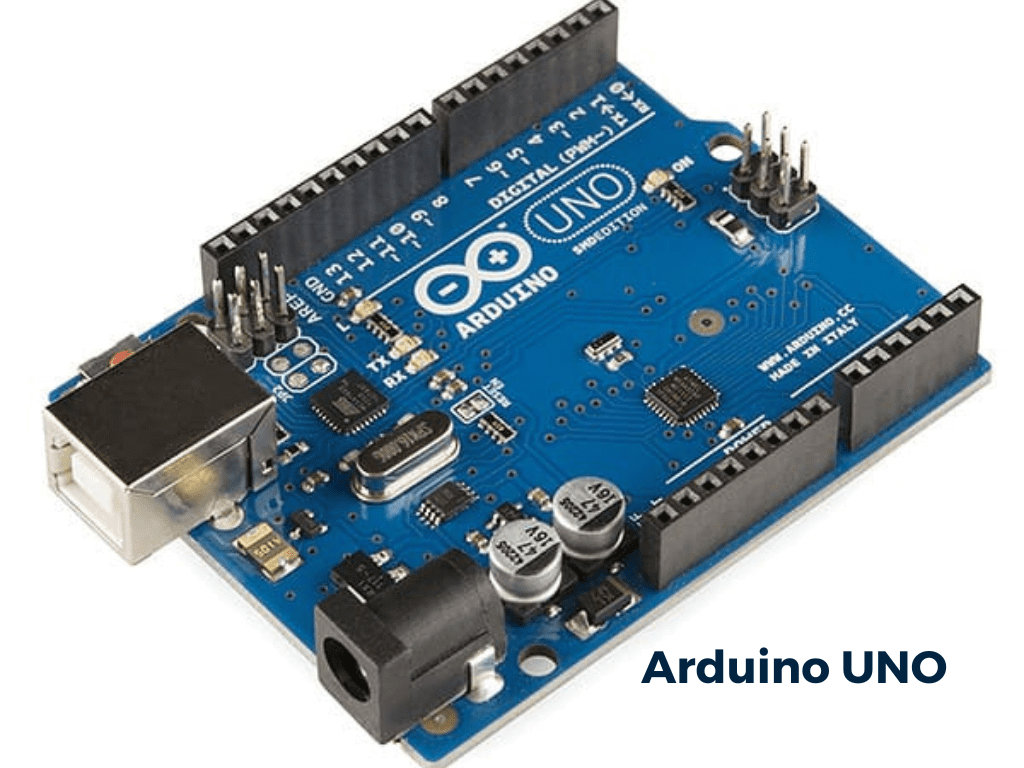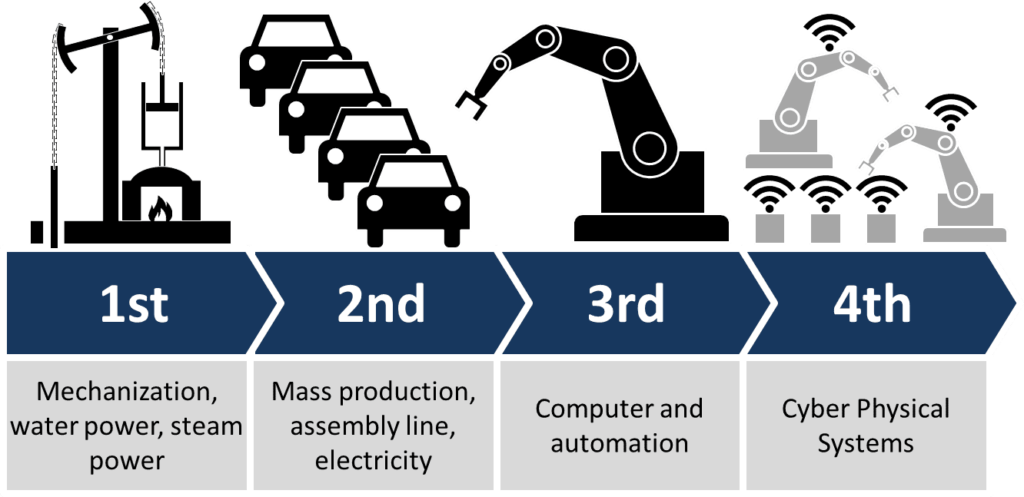5G and the Internet of Things: the world in our hands
The future is today
As a child I liked to fantasize about the future and the role technology would play in it. Beyond imagining flying cars and teleports (like any other child), I dreamed of imposing technologies that knew no limits, capable of helping humanity with tasks of all kinds. Born in the middle of the information age, I imagined that the evolution of the digital world and the Internet would lead us to have all the information in the world accessible at any time. Well, although the first two concepts have not materialized (yet), with the other ideas I was not entirely misguided. What I did not expect was to be able to see all those fantasies come true so soon.
The birth of 5G
What a priori may seem crazy is a reality: there are currently more devices connected to the Internet than people in the world. Forecasts expect this figure to continue to grow rapidly in the coming years, leading to certain challenges at the network level. When we talk about 5G we refer to the 5th generation of mobile phone technologies. These new networks are capable of accommodating a much larger number of devices, reducing latency times and at the same time the energy consumption used to communicate (this point being crucial as we will see later). Although it is still in the process of implementation, soon we will be able to fully enjoy and exploit this great advance in telecommunications.
What is the Internet of Things?
The Internet of Things (IoT) refers to the multiple and diverse current devices that have sensors, actuators, computing capacity and connectivity through different protocols. These devices are specialists in obtaining and transmitting data in real time and in the execution of certain actions remotely. The possibilities are endless. If something is remarkable about this field of study it is its great versatility, since it is capable of meeting the needs of all sectors at any scale.
System Architecture
Trying to generalize, the network of an IoT system has these main components:
- Mote: final device responsible for collecting data and executing orders. It usually has a greater number of sensors and actuators but its processing tasks are usually minimal because it has little computing capacity. They can become very abundant in wide networks depending on the use case.
- Gateway: its main function is to coordinate motes and provide them with Internet connectivity. They usually function as intermediaries in communications and in some cases, having greater computing capacity, they can filter or process the data obtained.
- IoT platform: final layer of the system commonly used as a dashboard. There are many different solutions, more or less complex. Here it is common to use Cloud Computing to enjoy maximum availability and scalability.
IoT motes: chips, sensors and actuators
The significant progress of electronics is one of the main factors responsible for the disruptive emergence of this type of solutions. By having increasingly smaller, sophisticated and at the same time cheap components, the electronic design of more complex motes becomes possible. These motes can incorporate sensors of all kinds: proximity, pressure and temperature, acceleration… They are capable of managing actuators of all kinds, which extends the range of possibilities to be implemented significantly. Hydraulic, pneumatic, electric actuators or even motors can be started remotely. The question is, how is it possible to manage all these devices synchronously? The answer lies in the chips. Although the previous components have improved their performance considerably, it is the evolution of the latter that brought with it the turning point for this revolution to take place.
The electronic design of a mote and its subsequent assembly may be a little far from many of us, perhaps more accustomed to working with the Software layer of the system. To do this, and in order to materialize any project idea we may have, the best option would be to use a development board. The market for this type of boards is varied enough, so we can find one with the right characteristics for our project at an affordable price. In some cases, as with the ESP32 and ESP8266, these have communication modules already incorporated, but in others, such as the famous Arduino UNO, it will be our responsibility to integrate it (although we will have more pins to work with). Great, but what communication options do we have? What features do they have? Let’s take a look.



Communication protocols
The selection of the appropriate communication protocol for a specific solution is one of the main determinants of the success achieved with it. We must therefore study the different candidates offered by the market and select the one that meets the characteristics we are looking for. Among all, the most frequent ones are collected below.
- WiFi: although it is extremely well known, this communication protocol is one of the least efficient in terms of energy consumption. Although it is not very suitable for this type of solutions, it can help us not to incur unnecessary costs in environments where we have our network within reach of a router, such as our home, an office … In any other case, it would be more advisable to use one of the following.
- Bluetooth & Bluetooth LE (Low Energy): this option is usually the favorite to connect all kinds of wearable devices. Most of these devices are connected to the user’s smartphone, where they dump the collected information for better exploitation. Therefore, and given that the majority of the population is familiar with this technology, it is postulated as the best option in this case. If we go further and want to reduce the consumption of our wearable (thus extending its autonomy), we can use the Low Energy version, specially designed for this type of use cases, which also has a range 10 times greater than the original protocol.
- Zigbee: With ZigBee we are already entering specific IoT territory. This protocol is one of the most complete and powerful on the market, providing great scalability to our systems by being able to integrate up to 65,000 nodes in our network. In turn, it uses a very low amount of energy to work, but we must remember that it has a low range, slightly higher than Bluetooth, of just over 10 meters.
- LoRa: another very interesting protocol to study is LoRa. Designed for low-power devices that require operating in powerful networks (local, regional, national or even global), it allows us to deploy a noise-resistant network, with multiple signal paths, thanks to its spread spectrum modulation.
- Sigfox: dedicated to low-speed and low-data communications, Sigfox is the operator of the global 0G network. This bidirectional cellular connectivity network designed especially for IoT applications, allows connected objects to send and receive messages for a price that would not exceed 10€ per object / year.
Energy harvesting
In some systems where the motes are located far from the electricity grid, providing them with long-lasting batteries and saving energy consumption is usually not enough. There are numerous ways to take advantage of the environment that surrounds them to recharge, even slightly, the charge of these batteries. These techniques are recognized as energy harvesting techniques. Whether taking advantage of the vibration, the temperature difference of two surfaces, the movement of water, wind or sunshine, we can increase the autonomy of our devices if we integrate a module of this type. However, and in general, the most economical modules do not usually supply a sufficient amount of energy, and if we go to more refined and efficient modules, the price increases considerably.
Cloud Computing
As mentioned above, it is usually highly common to have a digital platform that allows us to interact with our system at any time and from anywhere in the world. If there is a sector specialized in offering high availability services, this is none other than the cloud sector. By working with this type of solutions, we can delegate the tasks of configuring servers and also provide our system with great scalability and adaptability to our needs.
Again, the SaaS (Software as a Service) market is considerably broad, but by way of introduction, let’s get to know the most specific SaaS for IoT: Thingsboard. This platform allows us to create interactive dashboards with a multitude of widgets to exploit the data collected by our system and to remotely activate or deactivate the actuators involved in it. By having a free version and a paid version, it is postulated as the main candidate to take into account when deploying a system of this type.
Fields of application and Industry 4.0
In my post Big Data vs Smart Data: the steps of the winning strategy, the symbiosis between data science and the IoT world was already discussed. Many of the Big or Smart Data applications that are implemented today make use of IoT devices to collect all or part of the data with which they subsequently work. Therefore, cases such as Smart Cities or Smart Health are again of special relevance in this area.
But again, there is one sector that deserves special mention: industry. In the industry, the impact that the IoT had when optimizing all kinds of processes was so important that it brought with it a real revolution, which resulted in a new industrial model commonly known as Industry 4.0. The meticulous sensorization of the machinery of a production plant and a correct subsequent exploitation, can help us in tasks as decisive in economic terms as maintenance (even predicting breakdowns before they happen) or quality control of the manufactured parts.

Aspects of improvement
As in any developing field, there are numerous challenges to meet and barriers to overcome. To conclude, I would like to mention the two main challenges faced by companies in this world:
- Security: generally the motes of an IoT system do not have great computing capacity. This is a major limitation in terms of security, since working with cryptography under these conditions becomes unfeasible.
- Autonomy: even with energy harvesting solutions, feeding our motes often becomes a headache. Therefore, this is a key aspect to work on.
